Retro Replay Review
Gameplay
Karoshi 2.0 turns the conventions of platforming on their head by making your primary objective not to survive, but to die. Each of the game’s 42 levels issues the same challenge in name only—find a way to kill your character. This subversion of typical game goals infuses each stage with a fresh sense of curiosity, as you’re forced to cast aside muscle-memory platforming skills and instead think like a puzzle-solver.
Across the levels, Karoshi 2.0 introduces inventive mechanics that break the mold of standard platform gameplay. You might suddenly need to use your mouse to drag hidden objects, or type precise words into a text parser to trigger in-game events. These genre-blending surprises keep you on your toes, ensuring that no two levels feel alike.
The game’s design thrives on misdirection. Every tutorial hint, every level title, even the placement of enemies can be a red herring. Success comes from spotting loopholes in the game’s own logic and exploiting them. If the obvious path seems blocked, it pays to experiment—often the strangest or most counterintuitive actions yield the key to your demise.
Graphics
On first glance, Karoshi 2.0’s visuals might seem spare, even minimalistic. The crisp, 2D sprites and solid-color backgrounds evoke the aesthetics of classic indie platformers, but the simplicity is deliberate—it focuses your attention squarely on each puzzle’s mechanics.
Despite its minimalist palette, the game uses clean animations and intuitive level layouts to communicate hazards and interactive elements. Platforms, spikes, switches, and triggers are all clearly delineated, ensuring you’re never left confused about what is or isn’t part of the puzzle environment.
Occasional bursts of color and visual flair mark key moments—perhaps a blood splatter effect when you’ve met your goal or a flashing prompt when you’re on the verge of uncovering a hidden glitch. These touches, though brief, punctuate the otherwise understated visuals and reinforce the dark humor ingrained throughout the experience.
Story
Karoshi 2.0 doesn’t offer a sprawling narrative or deep character arcs—instead, it operates on a conceptual premise: death from overwork, or “karoshi” in Japanese. This lends the game a layer of dark satire. Each level can be read as a biting commentary on work culture and burnout, cleverly masked as a puzzle-platformer.
The game’s tongue-in-cheek text blurbs that precede or follow certain levels enhance this theme, presenting you with absurd workplace scenarios that end in your own demise. The absence of a traditional storyline frees you to embrace the game’s absurdist humor and focus on the meta-puzzles.
While the story is not character-driven, the game doesn’t feel narratively hollow. Instead, it delivers an overarching social critique in bite-sized, self-contained vignettes. By the time you’ve progressed through a dozen levels, you’ll have experienced a variety of scenarios—each a miniature satirical essay on the perils of blind compliance and repetitive labor.
Overall Experience
Karoshi 2.0 is a breath of fresh air for players seeking something offbeat and subversive. The blend of platforming basics with out-of-the-box puzzles creates an engaging gameplay loop that rewards lateral thinking. You’ll find yourself double-guessing every prompt and exploring every glitch—which makes each triumphant “solved” moment all the more satisfying.
The inclusion of a level editor and a speed-run mode further extends replayability. Creative players can craft their own lethal puzzles, while competitive types can attempt to finish all 42 levels in under seven minutes. These additional tools transform Karoshi 2.0 from a one-off curiosity into a community-driven challenge platform.
Ultimately, Karoshi 2.0 stands out as a playful yet pointed indie title. It’s short enough to conquer in an afternoon but rich enough to linger in your mind afterwards. If you’re looking for a game that challenges your assumptions, tickles your dark humor, and demands inventive thinking, Karoshi 2.0 is an unforgettable ride.
 Retro Replay Retro Replay gaming reviews, news, emulation, geek stuff and more!
Retro Replay Retro Replay gaming reviews, news, emulation, geek stuff and more!

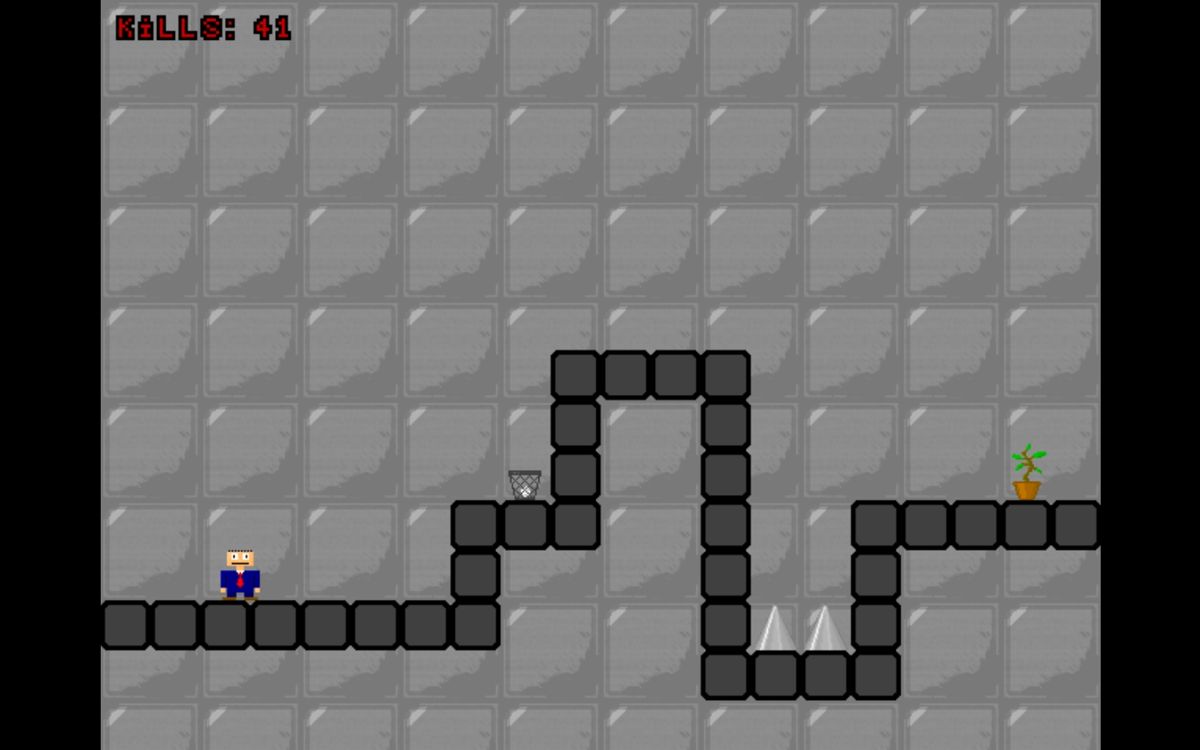
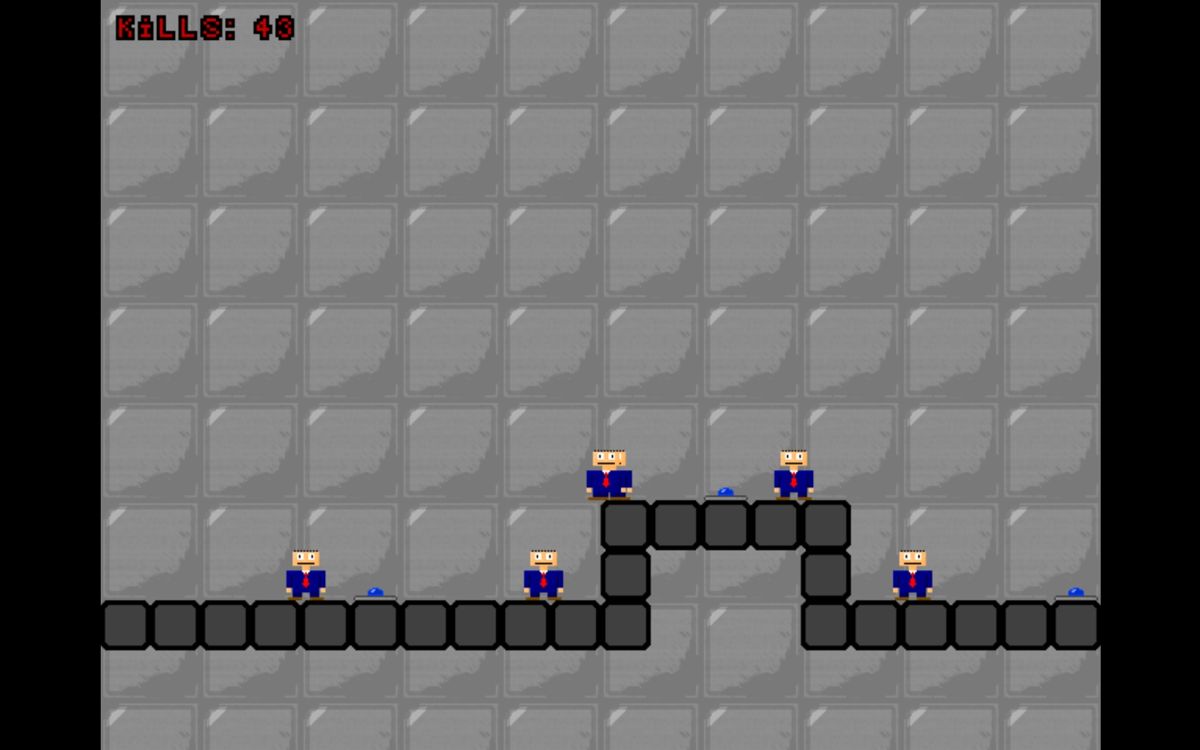
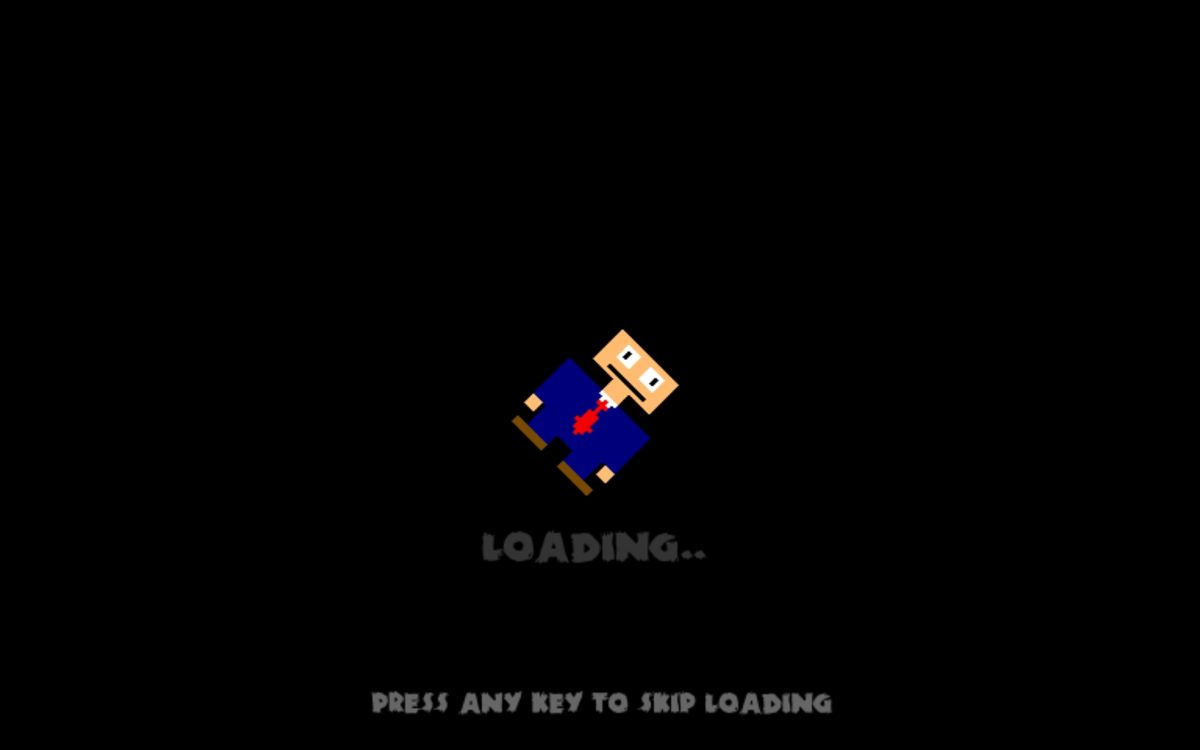
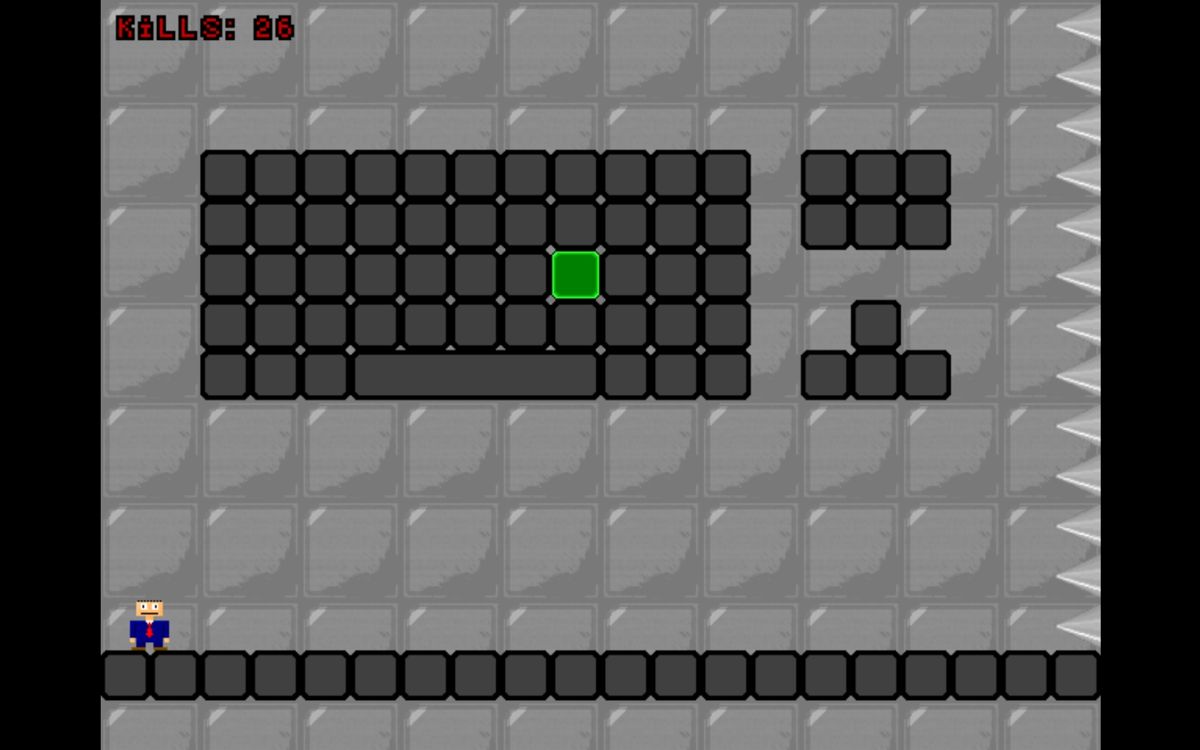
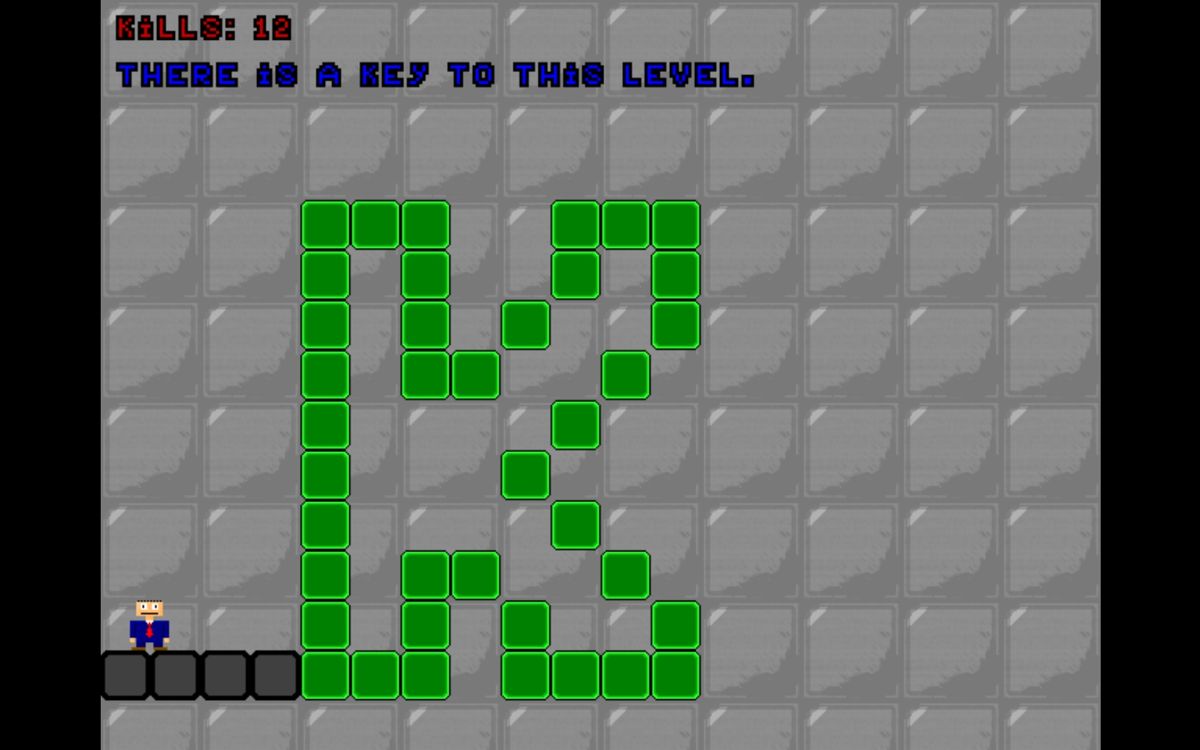



Reviews
There are no reviews yet.